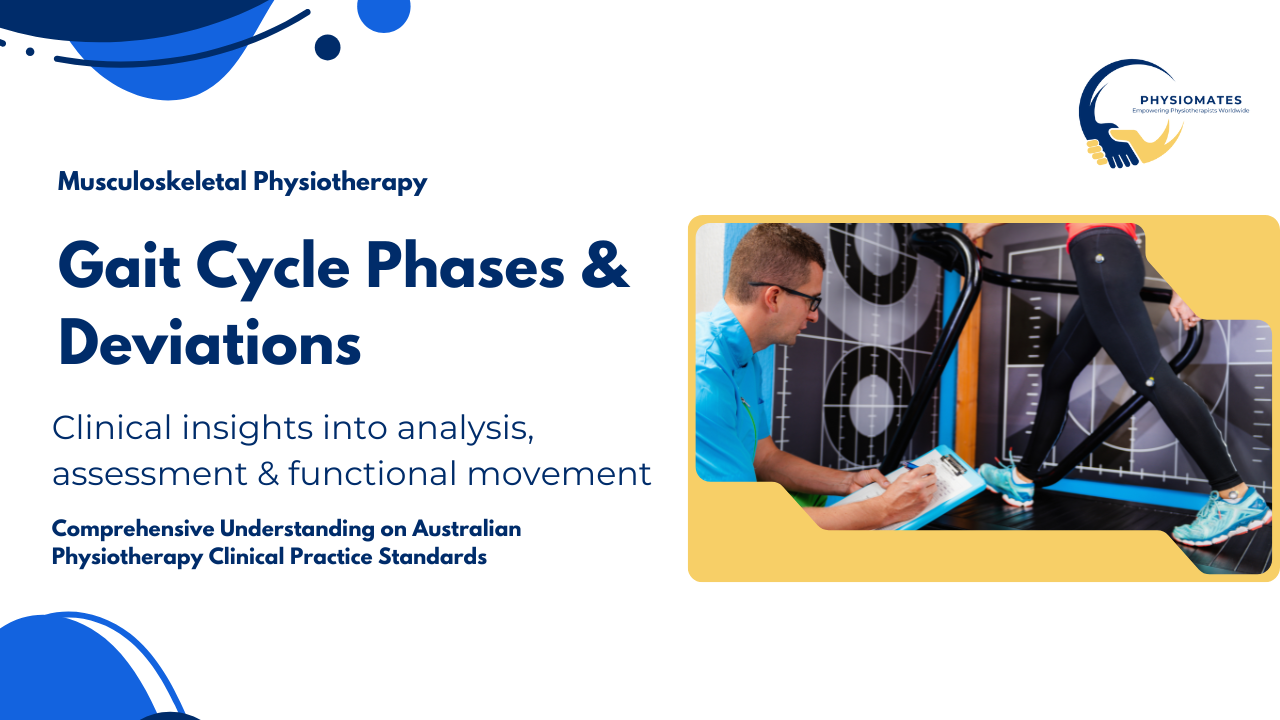
About Course
The study of gait is a fundamental component of physiotherapy and rehabilitation. This course provides a detailed understanding of the normal gait cycle, its phases, and the determinants that shape efficient walking patterns.The course emphasize both the mechanics of lower limbs (hip, knee, ankle) and the influence of other body parts such as the pelvis, spine, and upper limbs.
Thank you for reading this post, don't forget to subscribe!Beyond describing normal gait, the online physiotherapy course explores common gait deviations, their underlying impairments, and their impact on function. Through case discussions and functional movement analysis, participants will learn how to observe, document, and interpret gait patterns in both clinical and athletic settings. This knowledge will be directly applied to patient assessment, treatment planning, and performance optimization.
About Musculoskeletal Physiotherapy Program Instructor

The musculoskeletal physiotherapy program is led by Mustufa Kagdi, MACP, APAM, a highly accomplished Titled APA Musculoskeletal and Sports & Exercise Physiotherapist based in Australia. With nearly two decades of experience in advanced manual therapy, biomechanics, and pain science, Mustufa has successfully mentored physiotherapists at all levels.
Having completed his Master of Manual and Sports Physiotherapy at the University of South Australia, Mustufa brings a wealth of knowledge about Australian physiotherapy practice and standards. His interactive teaching style and deep understanding of clinical reasoning make this program a must for international physiotherapists aiming to thrive in Australia.
Course Content
Lesson 1
Topic 1
32:50
Lesson 2
Lesson 3
Student Ratings & Reviews

